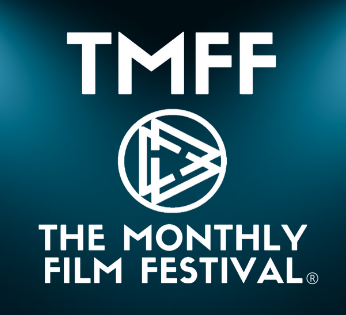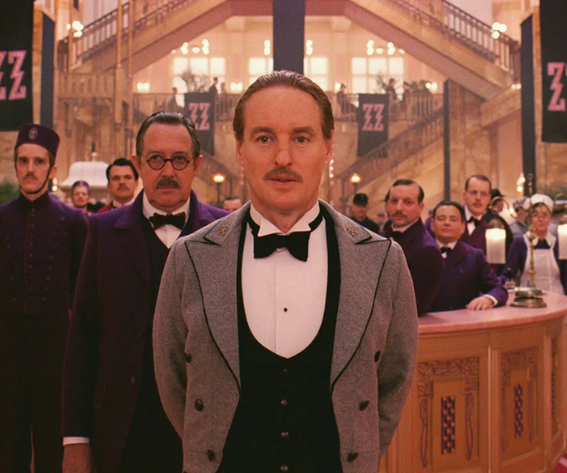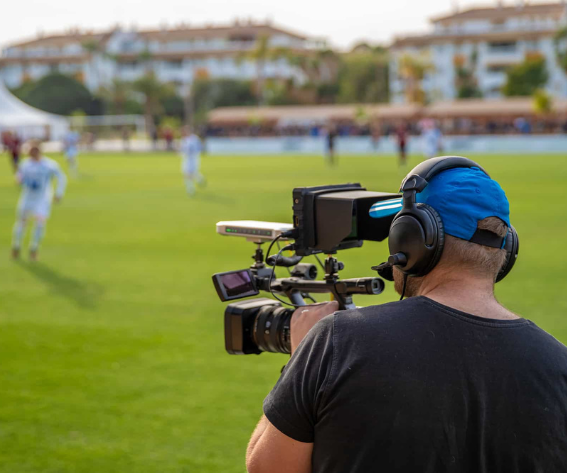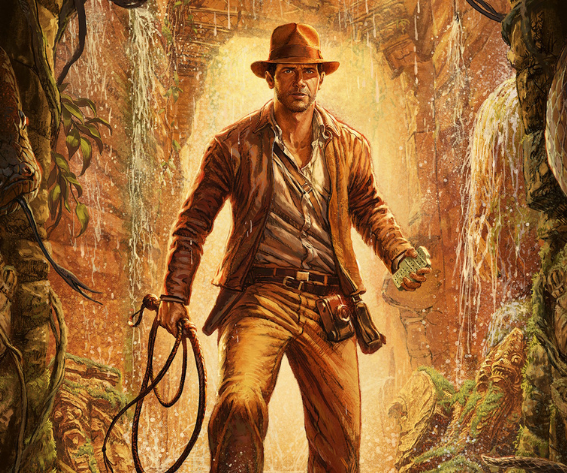Cinema is more than just storytelling — it’s a carefully orchestrated symphony of sound, structure, and above all, visuals. While dialogue and plot drive the narrative forward, it’s often the colors we see and the movement we experience that shape our emotions long before the first line is spoken. Auditory cues, such as music and sound design, also play a crucial role in shaping audiences’ perceptions and emotional responses. Whether it’s a saturated red hallway or a slow dolly-in on a tearful character, the way filmmakers manipulate visual elements directly affects how we feel. Cinematic language encompasses both visual and auditory cues, allowing filmmakers to evoke emotions in audiences and create a more immersive experience — an approach also embraced by interactive platforms like sixty6, where visual engagement and emotional feedback are key to user immersion.
In the world of visual storytelling, cinematic visual cues act like silent puppeteers. They guide our attention, stir our emotions, and anchor meaning in every frame. Visual and auditory cues work together to create an immersive experience for audiences, enhancing storytelling and influencing perception on multiple sensory levels. From sweeping tracking shots to carefully color-graded frames, visual choices aren’t just artistic — they’re psychological. This article examines how the intentional use of color and motion can profoundly enhance emotional storytelling in film.
The Psychology Behind Color in Visual Storytelling
Color is one of the most immediate and potent emotional triggers in visual storytelling. Humans are biologically and culturally conditioned to associate specific feelings with certain colors. In cinema, these associations become tools — allowing filmmakers to influence mood, tension, and even character perception.
Red, for example, universally signals intensity. Think of the simmering heat in American Beauty or the alarming urgency in Whiplash. Blue tends to evoke introspection, calm, or melancholy, as seen in Moonlight or Blue Valentine. Green can symbolize rebirth (The Matrix), but also envy or eeriness (Vertigo).
Beyond individual hues, filmmakers manipulate color temperature and saturation to create tone. Warm tones (oranges, yellows) often generate comfort or nostalgia, while cool tones (blues, teals) feel distant or sterile. Lighting and the use of light work in tandem with color to establish mood and emotional depth, shaping how viewers interpret a scene’s atmosphere and the inner worlds of characters. Wes Anderson’s The Grand Budapest Hotel plays with pastel warmth to create whimsy and emotional safety. In contrast, David Fincher’s palette in Gone Girl leans toward desaturation, enhancing the film’s chilling realism.
One of the most impactful cinematic visual cues is the use of color grading to underscore narrative themes. Deliberate changes in palette and lighting throughout a film can mirror character arcs or emotional descent, deepening the emotional depth of the story — offering a visual language that complements the script.
Motion as Emotional Language
While color captures mood, motion drives energy. In cinema, motion isn’t limited to what’s moving inside the frame — it’s also about how the camera moves. Whether it’s a whip pan that mirrors chaos or a lingering zoom that builds suspense, movement is a visceral tool for emotional impact.
Camera motion techniques — dolly-ins, steadicam shots, tracking sequences — shape how we physically and psychologically engage with a scene. The opening long take in Children of Men places viewers inside a chaotic dystopia, with handheld movement echoing instability. In Goodfellas, Scorsese’s iconic Copacabana tracking shot immerses the viewer in Henry Hill’s glamorous rise — a visual seduction of motion and momentum. Wide shots and static shots are often used to establish spatial context, emphasize isolation, or allow scenes to breathe, giving the audience time to absorb the environment and emotional tone. Close ups reveal subtle facial expressions and a character’s emotions, forging a deeper emotional connection between the viewer and the subject.
Editing rhythm also plays a role. Rapid cuts generate adrenaline and tension (think Requiem for a Dream), while long takes slow time, letting emotion swell naturally (Roma, Birdman). Different camera angles, such as low angle, high angle, and dutch angle, can convey power, vulnerability, or psychological unease, directly influencing how viewers perceive the story and the significance of each character within the narrative.
Visual cues in motion can subtly manipulate the audience’s sense of urgency or intimacy. A camera slowly pulling away from a solitary character signals emotional distance, while a quick cut-in can evoke psychological claustrophobia. Body language and facial expressions, captured through careful camera choices, play a crucial role in conveying emotions and creating an immersive experience for the audience. Filmmakers choreograph not just what we see — but how we feel when we see it.
Case Study: Visual Temptation in Practice
Let’s analyze a few standout scenes that demonstrate how color and motion combine to form powerful cinematic visual cues. These examples from different films illustrate how visual storytelling techniques shape narratives and stories.
🎥 Enter the Void (Gaspar Noé)
An acid trip of a film, Noé’s work blurs the line between film and hallucination. Saturated neon colors pulsate with energy, while floating, continuous first-person camera movements immerse viewers in an out-of-body experience. The film’s sound design and sound effects, combined with carefully crafted visual and auditory cues, create an immersive experience that evokes feelings of disorientation and intensity. The emotion isn’t just seen — it’s felt in the stomach. The colors signal altered reality; the motion mimics spiritual dislocation.
🎥 Drive (Nicolas Winding Refn)
This neo-noir gem is a masterclass in minimalist motion and high-impact color. The Driver’s world is painted in pinks and purples — colors not typically associated with violence, yet here they cloak brutality in seduction. Lighting and the use of light play a crucial role in establishing the emotional core of the story, using shadows and illumination to reveal the character’s personality and internal struggles through subtle visual cues. The film often conveys complex emotions and character development through a single word, gesture, or glance, rather than relying on dialogue. The slow, precise camera movement mirrors the protagonist’s controlled detachment, while sudden cuts erupt in violence, catching the viewer off guard.
🎥 The Grand Budapest Hotel (Wes Anderson)
Color palettes are pastel perfection — pinks, yellows, lavenders — creating an emotional safety net. But it’s the symmetry and dolly shots that add theatricality. Visual metaphors play a pivotal role in conveying themes and emotional undertones, using symbolic imagery to deepen the narrative. Anderson’s use of different aspect ratios and camera techniques, influenced by modern cinema, is displayed on the screen to guide perception and evoke specific moods. Each movement and color choice is whimsical, evoking nostalgia and a surreal sense of calm, even amidst a story of political tension and murder.
These scenes rely entirely on cinematic visual cues to establish emotional tone. Dialogue is minimal or nonessential — the visuals do the heavy lifting.
When Too Much Is Too Much: The Balance of Visual Maximalism
While rich visuals can deepen emotional storytelling, excessive visual flair can distract or overwhelm. Overuse of fast edits, saturated color schemes, or jarring camera movement risks drawing attention away from character and plot.
Zack Snyder’s Sucker Punch, for instance, was criticized for relying too heavily on visual spectacle with little narrative weight. In contrast, Blade Runner 2049 balanced stunning visuals with meditative pacing and character introspection — showing that even maximalism can serve story when rooted in emotion.
Effective cinematic visual cues should enhance, not compete with, story and performance. Understanding the audience’s expectations creates powerful moments and can emphasize isolation or emotional resonance when used with restraint. The visual choices must feel earned, grounded in character or theme, rather than existing solely for aesthetic impact.
Practical Tips for Filmmakers
For indie filmmakers and students, crafting emotional visuals doesn’t require big budgets — just intentionality.
🎨 Color Palette Planning
Start in pre-production. Choose a limited color scheme tied to your story’s themes. Tools like Adobe Color or Coolors can help generate emotionally coherent palettes.
🎥 Motion Storyboarding
Plan camera movement as part of the narrative. A character in crisis might be filmed with shaky handheld, while a calm scene may benefit from static, symmetrical composition. The choice of cameras and the default aspect ratio displayed on the screen can greatly influence the visual style and how the audience perceives the story.
🖥 Post-Production Polish
Use color grading software (DaVinci Resolve, Premiere Lumetri) not just for correction, but storytelling. Change palette subtly across acts to reflect internal character changes. Pay close attention to sound design and sound effects, as these audio elements are crucial for enhancing emotional storytelling and creating atmosphere.
🎬 Symbolic Repetition
Introduce visual motifs that evolve — like a specific color or movement — to track psychological transformation or emotional resonance.
Consider testing your cinematic visual cues in early edits to measure emotional impact. Small adjustments in tone or tempo can significantly shift how a scene feels.
Film is a visual language — and like any language, it has grammar, rhythm, and emotional nuance. Color and motion are not simply aesthetic choices; they are the emotional drivers of cinema. When used thoughtfully, they transcend dialogue and plot, speaking directly to the viewer’s subconscious.
Mastering cinematic visual cues is not about more — it’s about meaning. Whether through a subtle color shift or a well-timed camera glide, the most powerful emotional moments in film are often the ones we feel before we even understand why. For filmmakers, the challenge is not to dazzle — but to seduce. In your own work, ensure you align with audience expectations and established conventions, using various techniques such as sound design, camera choices, and visual storytelling to support character development and narrative impact. Remember, spoken language is only one part of cinematic storytelling; the screen offers countless ways to convey emotion and story beyond words.









Leave a reply